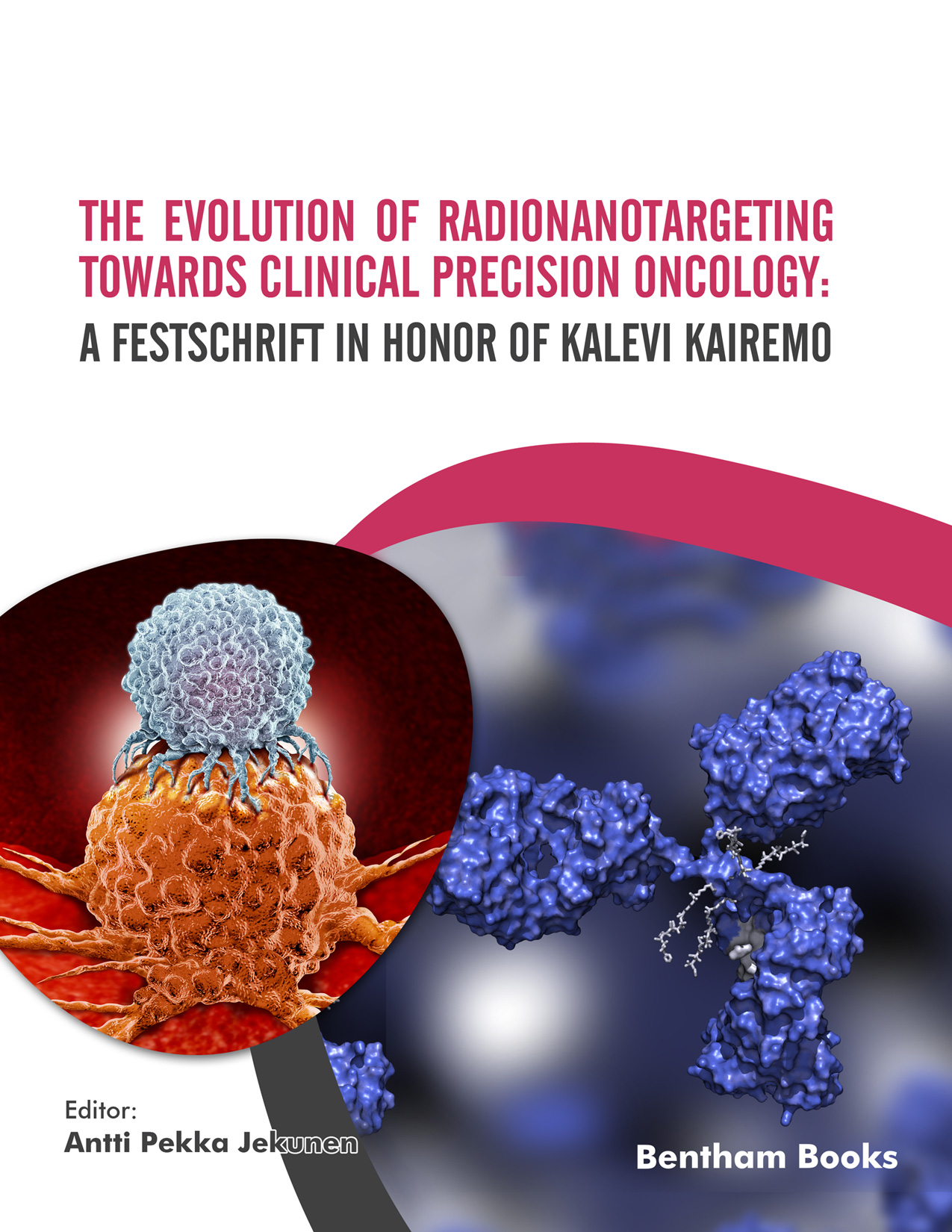Introduction
The Evolution of Radionanotargeting towards Clinical Precision Oncology
is a remarkable book honoring Professor Kalevi Kairemo, who is known among academic and medical circles as a pioneer in novel radiolabeled therapeutics. This festschrift provides an overview of key advances in the field of radionanotargeting, and the directions for future development in patient care. Prof Kairemo’s research is based on multiomics, which involves multiple elements: genomics, transcriptomics, proteomics, metabolomics, microbiomics, epigenomics, exposome, imaging, and precision medicine, which is reflected by the unique collection of articles presented. The articles start from the angle of radionanotargeting and theragnostics leading to imaging and therapy, which includes sections for thyroid cancer, head and neck cancer, genitourinary cancers and neuroendocrine neoplasms. Theragnostics, nanoparticles and precision oncology have also been covered in their own segments, while also giving a glimpse of research in metabolic imaging, cardiovascular radionuclide imaging, and bone therapies. The sequence of chapters demonstrates how, through Professor Kairemo’s efforts, radionanotargeting has evolved to a practice changing therapeutic approach in the clinic, particularly in oncology. Finally, Professor Kairemo’s own memoir, “Seven decades in health care” and memoirs from colleagues including a personal introduction to him with a photographic cavalcade reveals the world of a multitasking person with a multidisciplinary approach to science, that ushered his development of significant expertise across the fields of chemistry, biology, engineering, physics and clinical medicine. This book is excellent for medical historians, trainees and specialists in clinical and radiological oncology in expanding their understanding of the role of radionuclide imaging over the years, making it an ideal tribute that belongs in the library of anyone involved in the field.

